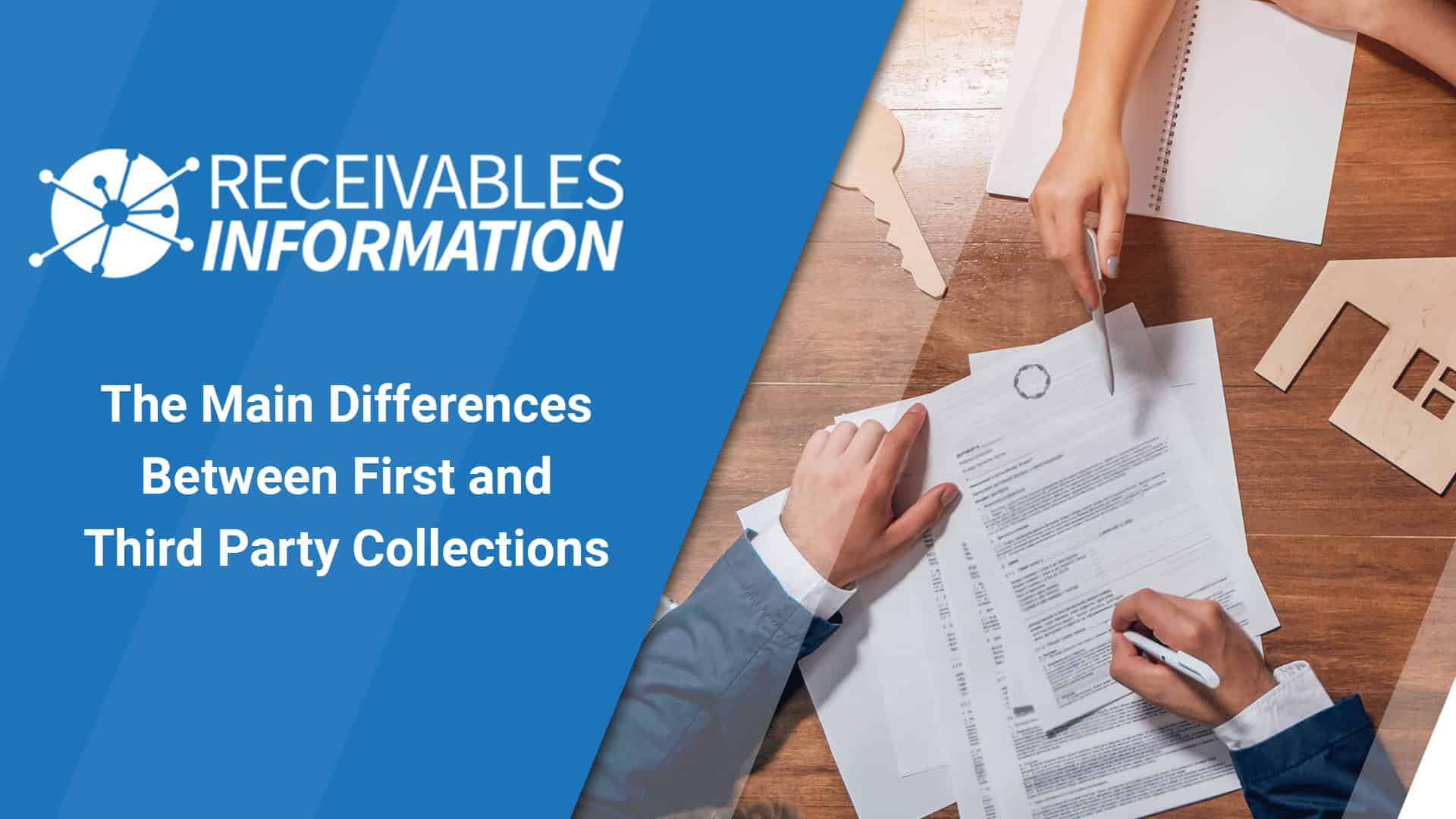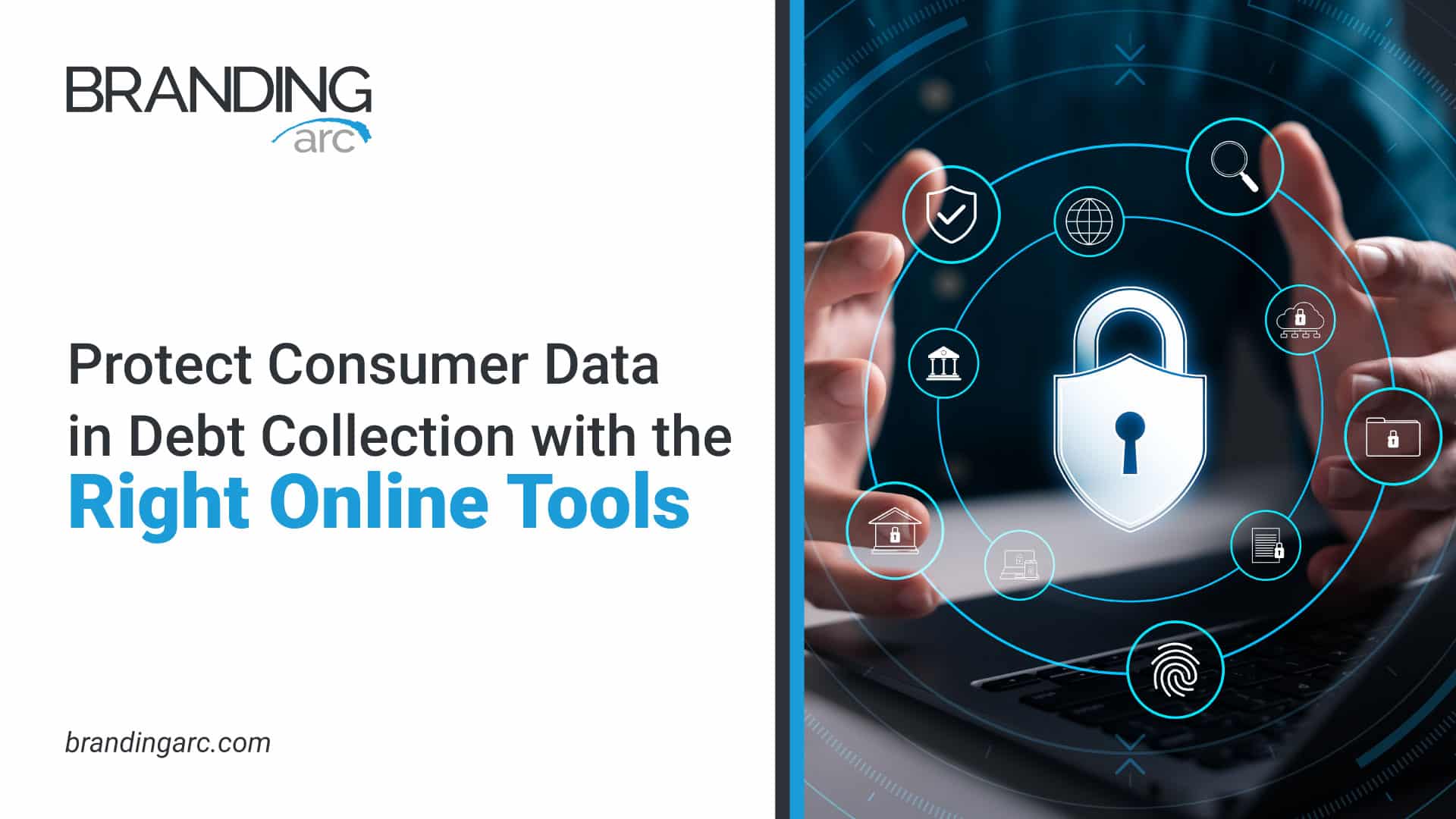
The Main Differences Between First and Third Party Collections
Defining The Parties
In the Accounts Receivable (AR) industry, collection attempts are made by a myriad of sources. Portfolios of past-due accounts can be bought or sold, with many caveats in-between. The designation of “first” and “third” party collections was officially cemented upon the adoption of the Fair Debt Collection Practices Act (FDCPA). The FDCPA aimed to stem the tide of harassment and over-the-top collection strategies by what the U.S. government deemed “third” party collection agencies. So what separates the two designations?
First-Party Collections
“First” party collections are when the original creditor is attempting to collect on monies owed, whether it be credit card debt, auto loans, medical bills, student loans, mortgages, and other household debts. Think banks and credit card companies. The original creditor that provided the loan to the consumer is deemed the “first” party able to collect upon that account.
Using their own internal receivables strategies, first-party collections do not have to be done by the original creditor, but on their behalf. Many AR organizations act as extensions of the original creditor and will attempt to collect on accounts to not only collect past-due funds but also maintain positive customer experiences. These first-party collection attempts are typically done earlier in the credit life cycle, before the accounts are charged-off.
For example: If someone owes $1,500 to Citibank and has missed a payment, the “first party” to attempt to recoup that money will be a Citibank affiliate. Whether it be a BPO service provider or outsourced collection agency, a service representative will attempt to collect the owed money, directly representing the bank.
Third-Party Collections
Third-Party Collections typically begin after the debt has been charged-off (written the account off as a loss) by the original creditor, or when the account has already been through the delinquency (late or missed payments) and default (consistently failing to make payments) stages. Once the account is “closed” with the original creditor, there are several steps they can take to recoup losses on that loan that includes involving in-house or outsourced legal services, selling the account for cash, or continuing to make attempts to collect on the account.
Collection attempts are called “third-party” because they are done by organizations that were not part of the original contract. Third-party collections may begin in one of three ways:
- The original creditor maintains ownership of the charged-off account but outsources the collection effort to an outside organization that will attempt to collect the account for a contingency fee. In this case, the collection agency typically makes money only if money is collected from the debtor or if the original creditor and the agency agree to up-front fees.
- The original creditor sells the account to another organization. Once the account has transferred ownership, any collection attempts will automatically be considered third-party collections.
- The original creditor outsources litigation services to a third-party client that attempts to recoup the account through judgments and legal proceedings.
In all scenarios, third-party collections and collection agencies are deemed as such because they are not attempting to collect on the account on behalf of the original creditor. This allows the original creditor to refocus away from charged-off accounts and allow these agencies to collect under different circumstances.
For example: In the same scenario above, if the account holder misses enough payments and their $1,500 debt is charged off, Citibank will now either sell their account to a third-party servicer or hand off the account to collection agency XYZ who will make further attempts on their own behalf, not as a Citibank affiliate.
What Separates The Two
The main difference between a first- and third-party collection agency and collections in general are what regulations follow the organizations. The FDCPA language directly targets third-party collection agencies in its regulations, which helped solidify these commonly used definitions. Under the FDCPA, first-party collections are not subject to the same rigorous regulations third-party agencies are required to uphold.
This is mainly because the original creditor is usually protected under whatever agreement is signed by the creditor and the consumer. The original creditor is given extensive leeway as to how they internally collect upon their loans. Once the debt is transferred to a third party, the FDCPA steps in to ensure that there are no predatory or unfair collection practices against those who have outstanding debt.
However, even if the FDCPA doesn’t explicitly provide any guidelines for the original creditor, the Consumer Financial Protection Bureau (CFPB) works to ensure that even original creditors are treating their consumers fairly. While the CFPB could not enforce the FDCPA against original creditors, they have broad powers to “prohibit unfair, deceptive, or abusive acts or practices.”
A first- and third-party system defines how regulations and guidelines are applied to each organization. While the original creditor is granted some additional freedoms to collect from those to whom they loan money, a third-party organization must adhere to specific and unbreakable guidelines that ensure each step of the collection process is safe for consumers.
Learn More Online
To learn more about the ARM industry as a whole, follow Receivables Info on Facebook, LinkedIn, and YouTube. Be sure to also check out our Money Chat series for more ways to grow in financial education while exploring the receivables landscape.
For more information on the differences between first and third party collections, check out this episode of our Receivables Roundtable podcast where guest Larry Costa of Capital Management Services, LP covers the topic in depth:
About Receivables Info
The Receivables Info team is led by receivables management industry veterans who wanted to create a website for the industry, by the industry. Their goal is to provide a voice to high-quality debt buyers, collection agencies, law firms, and industry veterans to share information about their businesses and their place within the marketplace and the community. The website provides relevant news alerts, articles, videos, and other receivables-related information to industry partners and colleagues around the industry and the globe. Receivables Info is also home to financial education resources for consumers through series like Money Chat.
The information contained in this article is meant to serve as general guidance for entry-level to mid-level ARM industry professionals and is not meant to serve as comprehensive business, legal, or financial advice.









